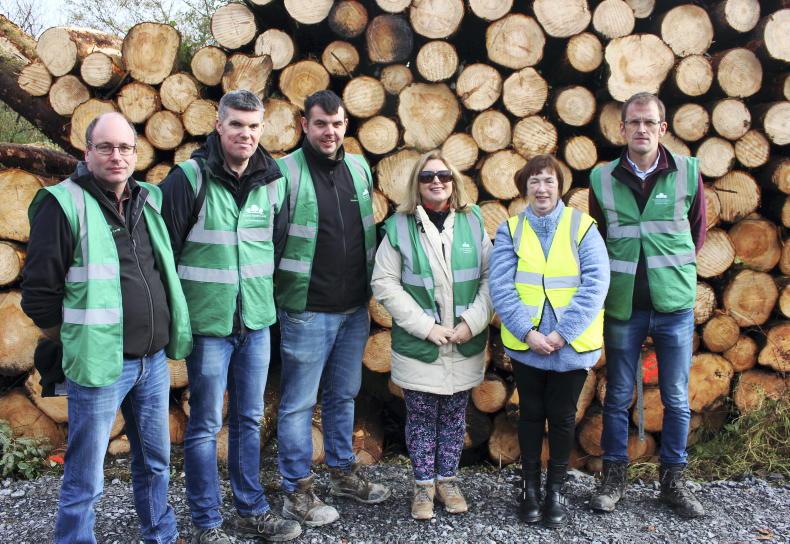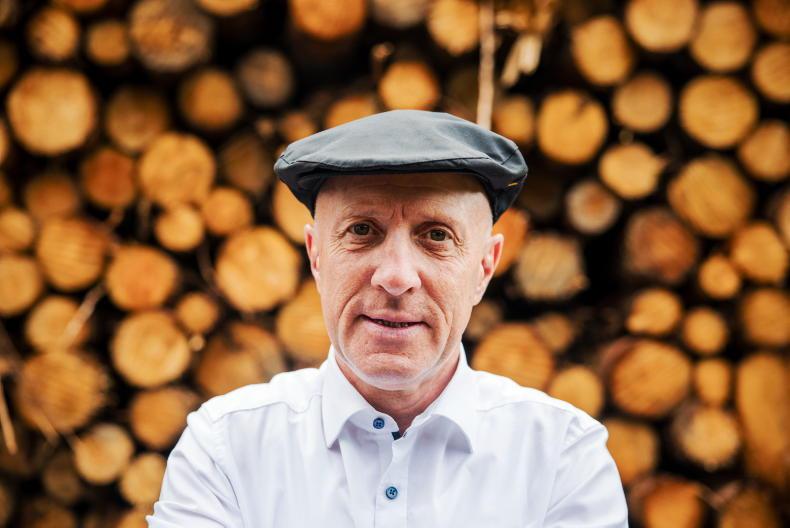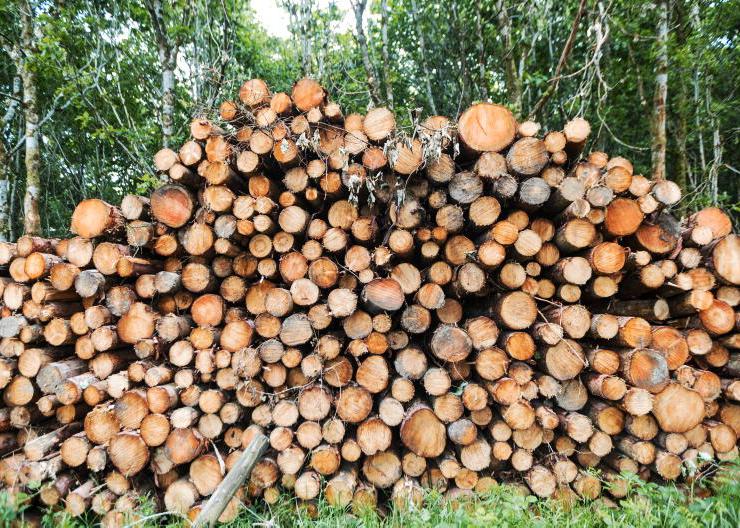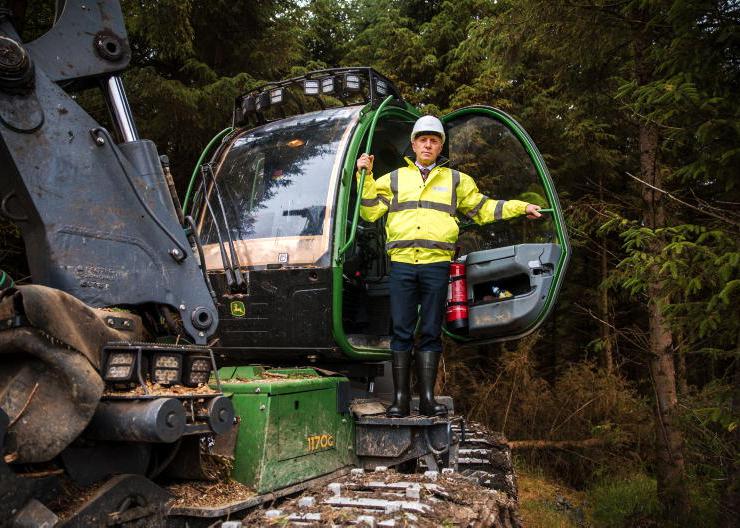Ireland’s National Forest Inventory (NFI) 2022 provides a comprehensive overview of the Irish forest estate – public and private.
The NFI is undertaken by Department of Agriculture, Food and the Marine forestry inspectors (the Forest Service is no longer mentioned). It involves a nationwide field survey of Ireland’s forests using a set of 2,033 permanent sample plots compared with 1,827 in earlier surveys.
As the number of plots increases, so should the accuracy of the inventory.
Ownership
The total forest estate has increased from 770,020ha to 808,848ha or 11.6% of the land area (Table 1) since 2017. The private forest estate is now 411,484ha, which is 14,120ha larger than the area in public ownership.
Although most of public forests are owned by Coillte, data is not available for other public forests which include woodlands managed by the National Parks & Wildlife Service, Bord na Móna and county councils, so private forests now well surpass Coillte forests in area.
In addition, there are 267,509ha of hedgerows and 107,792ha of fragmented and scrub woodlands, so Ireland has 17% of tree cover in some form.
Species diversity
The species composition of Ireland’s forests continues to change. While Sitka spruce covered over 50% of forests in 2007, it is now 44.6% or 5.1% of the land area.
Broadleaf – mainly native – tree cover has increased from 193,570ha to 218,060ha.
That the forest estate is largely a monoculture is dismissed as the composition is now 61% conifers, 27% broadleaves (mainly native) and 12% open biodiverse unplanted areas.
“Over three-quarters (77%) of Ireland’s forests have two or more tree species present,” the NFI states.
Excluding tree species, 60% of the forest area has vegetation coverage of greater than 90%. The majority (86.2%) of the stocked forest has between one and 15 different plant species, with just under 10% containing 16 or more different plant species. Only 4.3% of the forest area had no plant species.
The NFI places strong emphasis on deadwood – woody debris and dead trees. Deadwood is regarded as a vital habitat for a wide range of organisms and an important enricher and components of forest soil. “There are 10.2m m3 of deadwood in the forest estate,” the NFI states.
“Stump and standing deadwood account for 77.3% of all deadwood with the remaining lying on the forest floor.”
Forest increase
It is difficult to reconcile the increase in forest cover with the actual area of afforestation carried out. For example, forest cover increased by 38,828ha from 2017 to 2022 according to the inventory. Yet, only 19,819ha of land was manually afforested during this period.
The only explanation for this 19,009ha differential lies in natural regeneration of previously unplanted sites, although the increased number of sample plot may have detected some new tree covered areas.
Natural regeneration of birch and willow on formerly bare land including Bord na Móna cutaway bogs is likely to be one reason.
There has been a disproportionate increase in birch and willow species since 2007 as birch cover in particular (both downy and silver) has almost doubled from 29,690ha to 58,030ha.
Over the past five years alone, the area of birch and willow (mainly goat willow) has increased from 84,660ha to 103,230ha. A high percentage of this has to be rewilding, by default or by design.
A significant proportion of birch increase may be in cutaway bogs in counties such as Offaly. For example, while Sitka spruce cover increased by 10%, in Offaly, birch increased by 35%, which has helped to increase the county’s forest cover by 14%. This is a significant increase compared with other counties including Leitrim, which saw its forests grow in area by only 4% although it remains the county with the highest forest cover at 20%.
Forest yield
The most perplexing NFI findings lie in forest timber production – especially clearfelling – which are out of sync with previous inventories.
The area thinned between 2017 and 2022 has increased by 8%, while the area clearfelled has decreased by 42%
The gross annual forest increment increased from 7.69m m3 in 2012 to 8.53m m3 in 2017 to 10m m3 in the current survey (Table 1).
The annual harvest should increase in line with increment. “On average, 73% of the net annual increment is felled in European forests,” according to the State of Europe’s Forests 2020, published by the Ministerial Conference on the Protection of Forests in Europe.
Ireland’s annual harvest is well below 75% of increment mainly because the age of the forest estate is young.
The gross annual harvest in the 2017 NFI was 4.9m m3 or 57% of the annual increment. This would have been expected to increase to 60% in the current inventory but instead it has fallen to 41%, yielding 4.1m m3 from a total annual increment of 10m m3.
“The area thinned between 2017 and 2022 has increased by 8%, while the area clearfelled has decreased by 42% over the same period,” maintains the NFI.
Sawmillers contacted by the Irish Farmers Journal contested the drop in clearfells. “Our experience is the opposite in relation to clearfells but I would also question the decrease in annual production from 4.90m m3 to 4.1m m3 because despite the licence shortfall, sawmill usage was well up especially from 2019 to early 2022,” said a spokesperson for one of the sawmills.









SHARING OPTIONS